
Choosing the right artwork for your music release is a crucial step in your overall branding strategy.
Your cover art is often the first visual contact listeners will have with your music. It should reflect your sound, message, and target audience. There is no single formula, but below are several common styles of album artwork, complete with real-world examples and links for inspiration.
Photographic Artwork
Description:
Photographic cover art uses original photography, often portraits or environmental shots, to visually capture the emotion or story behind the music. This style offers a direct and human connection.
Best suited for:
Singer-songwriters, indie artists, hip-hop artists, or any musician aiming for a personal, authentic, or documentary-style aesthetic. A stylized photograph that conveys vulnerability and intimacy, matching the album’s emotional tone. Or simply reinforces your brand and sets you at the center of it.
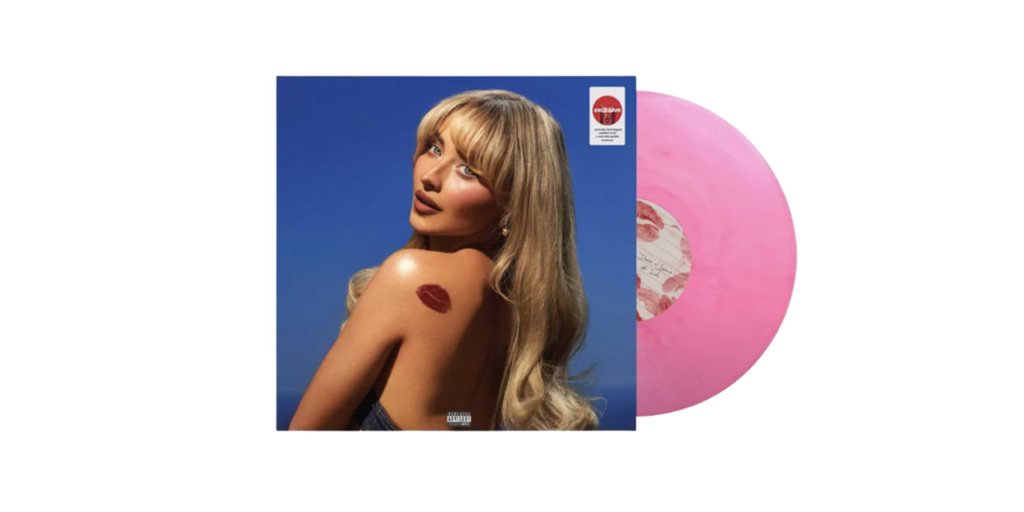
Illustrated Artwork
Description:
Illustrated artwork includes hand-drawn or digitally rendered images. This approach creates a unique, often surreal or imaginative look that can set your brand apart.
Best suited for:
Electronic, experimental, hip-hop, and alternative genres.
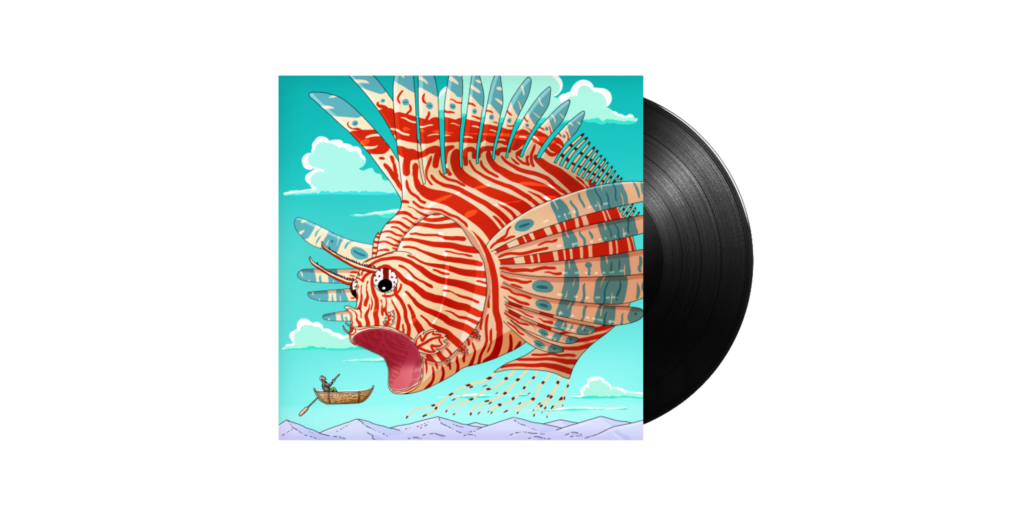
Abstract or Conceptual Design
Description:
This style focuses on using shapes, textures, or minimal visual elements to suggest emotion or theme rather than showing literal imagery. It often complements conceptual or instrumental music. A cryptic, minimal cover that mirrors the experimental nature of the music.
Best suited for:
Ambient, techno, instrumental, or genre-bending conceptual releases
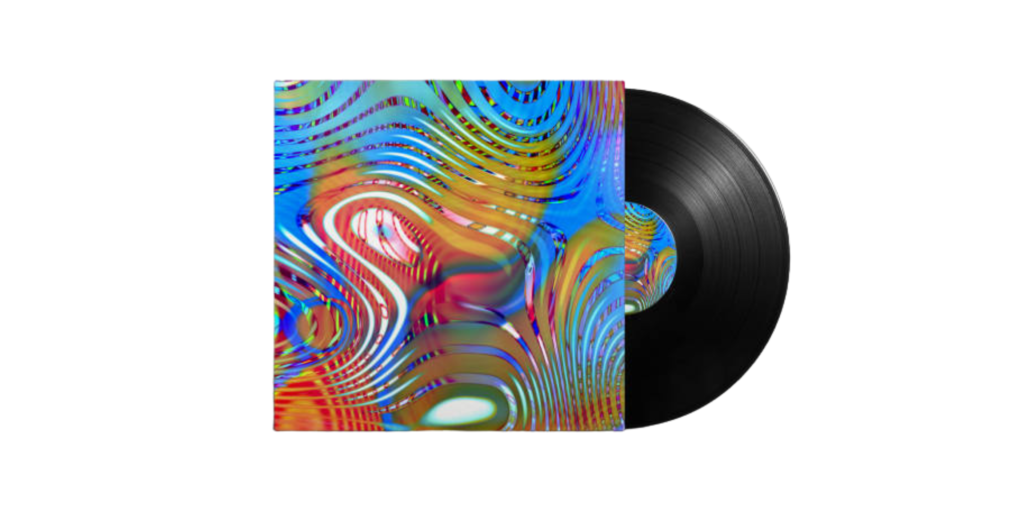
Typography-Focused Design
Description:
Typography-forward covers highlight text such as artist names, album titles, or even handwritten notes as the central design element. This approach can feel modern, raw, or direct.
Best suited for:
Minimalist electronic artists, lo-fi producers, or artists with a strong personal brand.
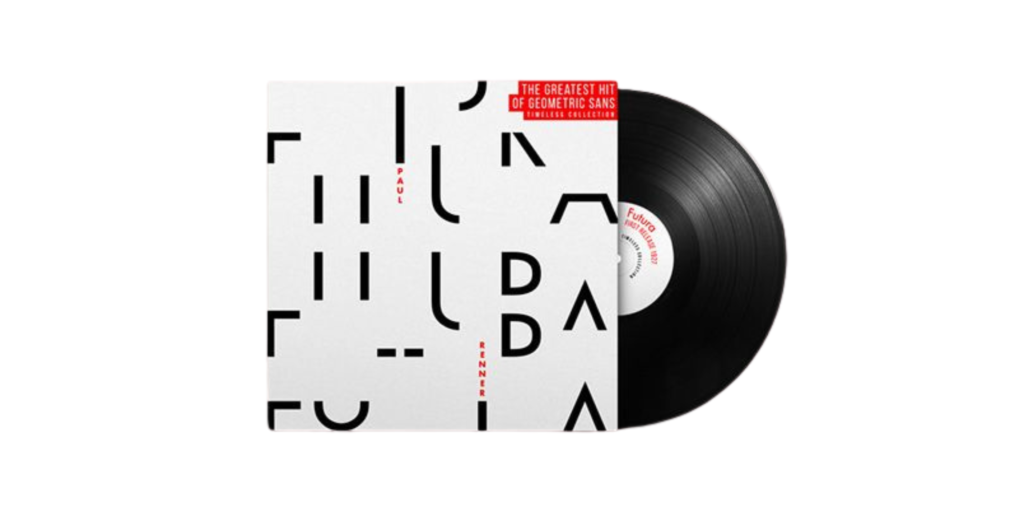
Collage and Mixed Media
Description:
This style combines different visual elements such as photos, textures, sketches, and fragments to form a layered or surreal visual narrative. It often feels nostalgic or handcrafted.
Best suited for:
Indie artists, lo-fi producers, punk bands, or DIY musical bands.
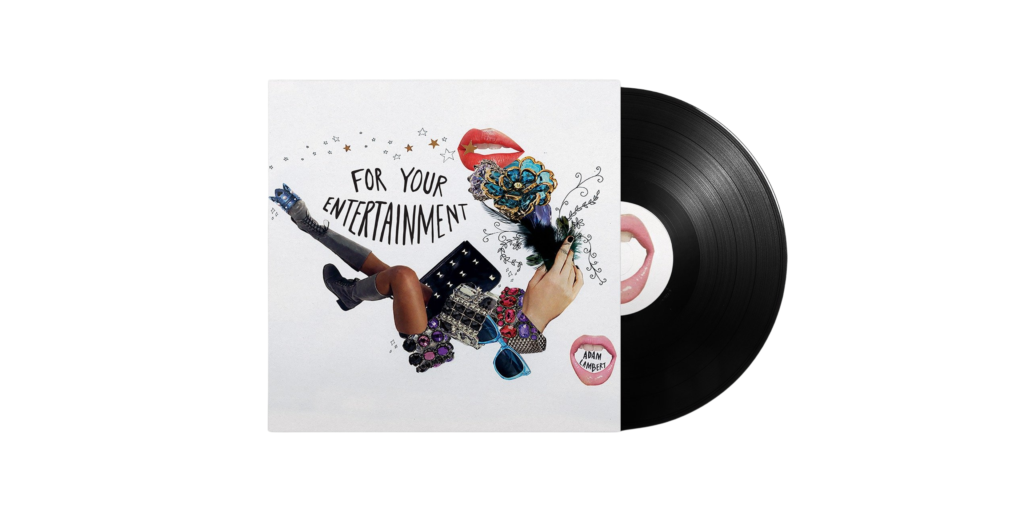
Template-Based Designs
Description:
Design platforms like Canva and Adobe Express offer pre-built templates for fast, professional-looking results. These tools are perfect for independent artists who want to create artwork themselves without a designer.
Best suited for:
Emerging artists, digital-only releases, quick turnarounds, or those on a limited budget.
Example:
Canva Album Cover Templates
Explore thousands of ready-made, customizable album cover templates for any genre or vibe.
Visit Canva Music Album Cover Templates
Take aways
Your album cover is part of your identity as an artist. It should complement the music and connect with your audience visually. Whether you hire a designer, collaborate with an illustrator, or create it yourself using a template, choose an approach that best reflects the spirit of your release. You might also consider researching album branding strategies, visual identity in music marketing, and how to tell a story through design. Your cover is a billboard for your sound, so make it count.

